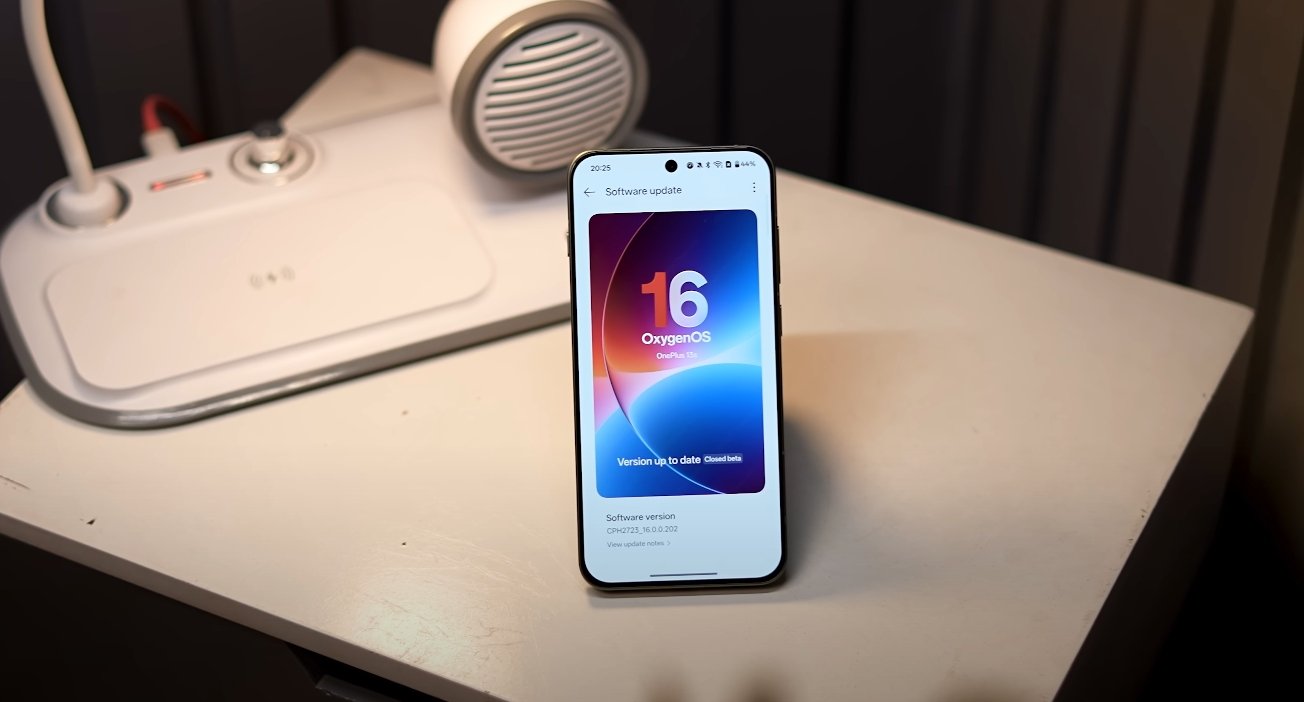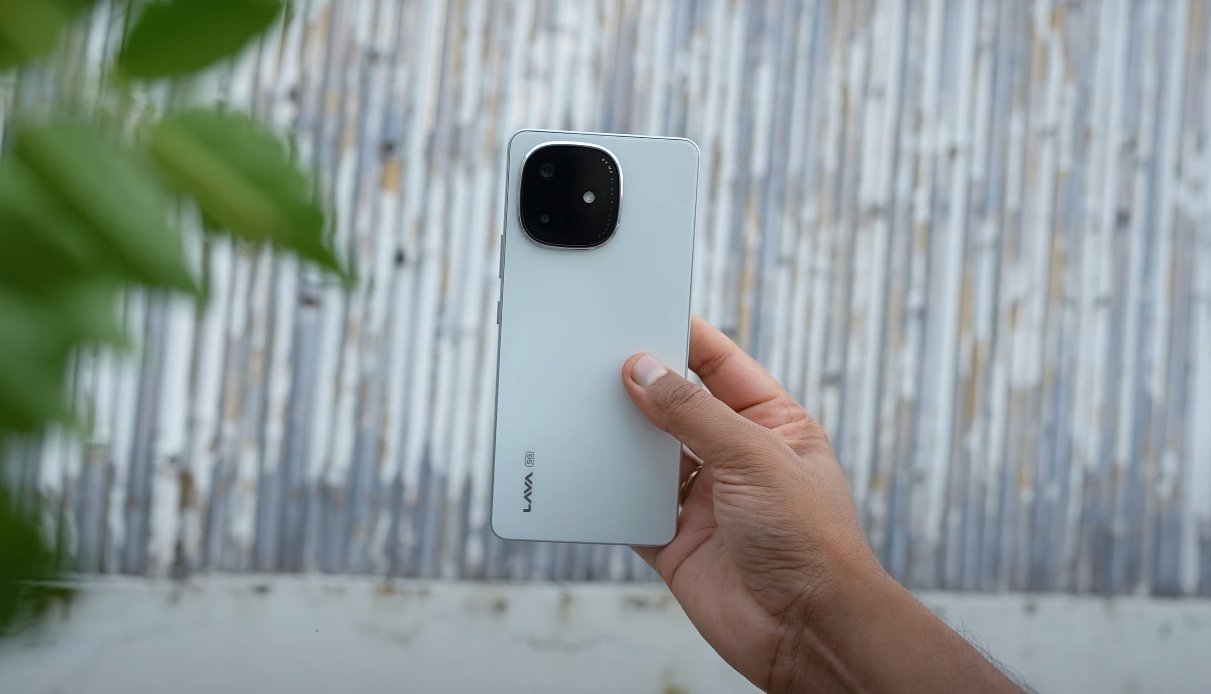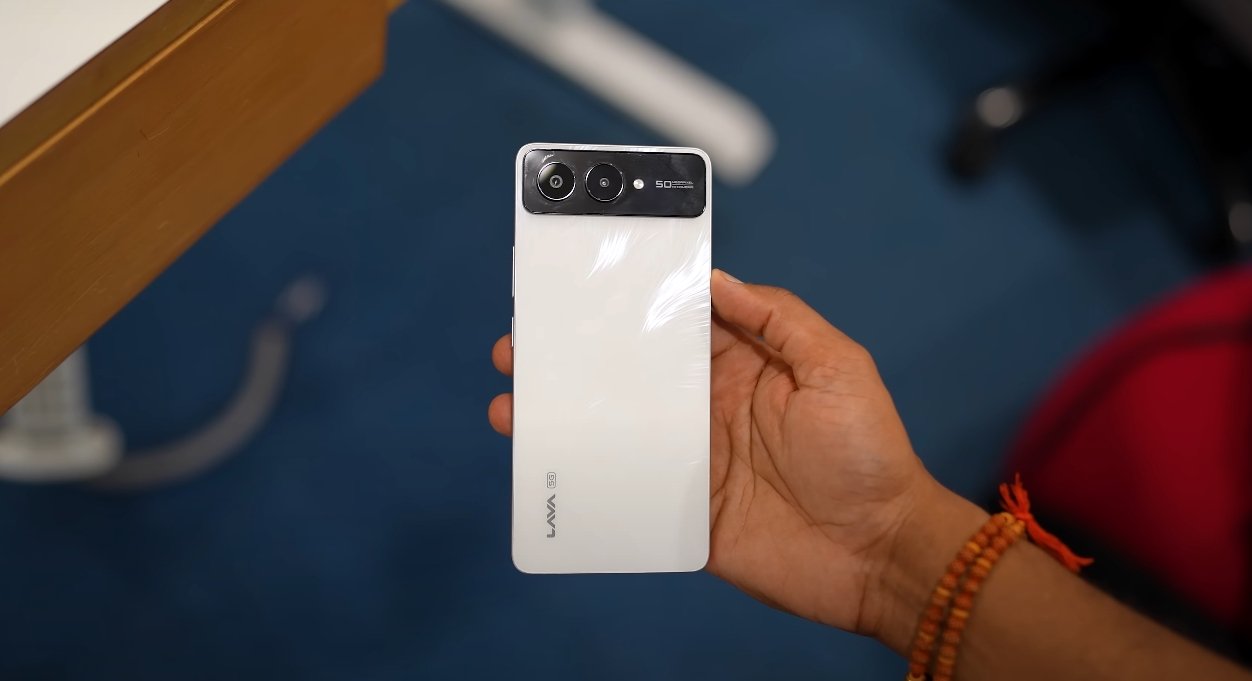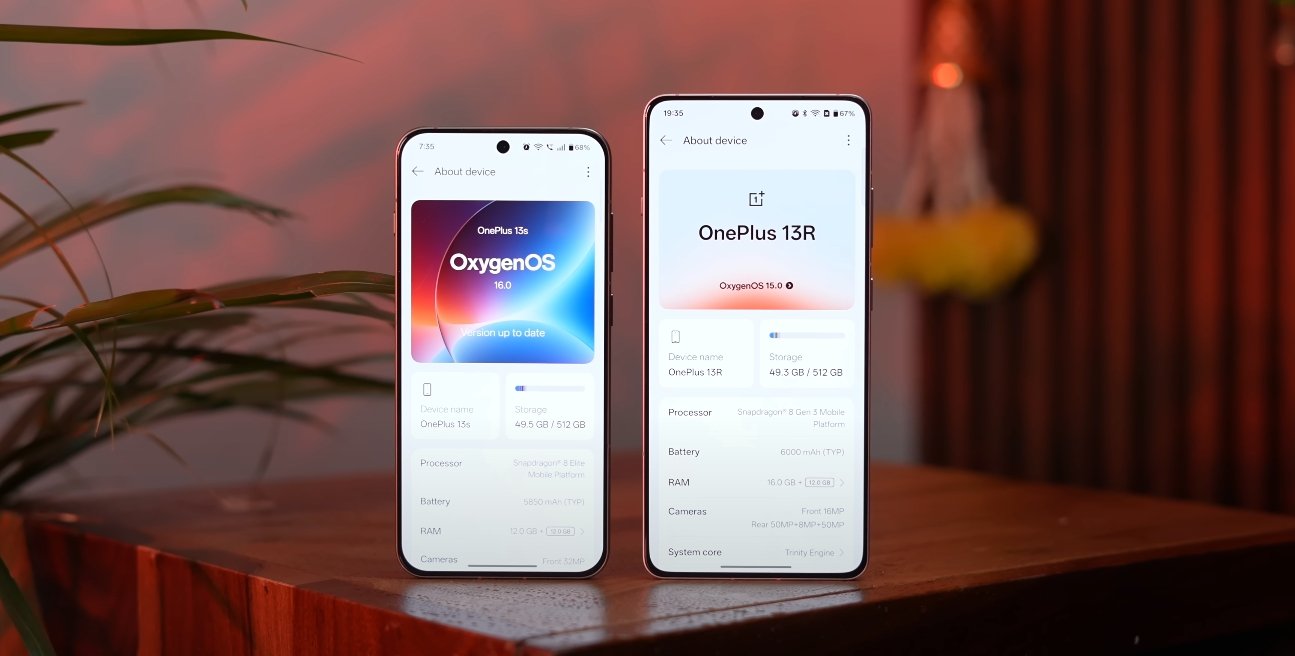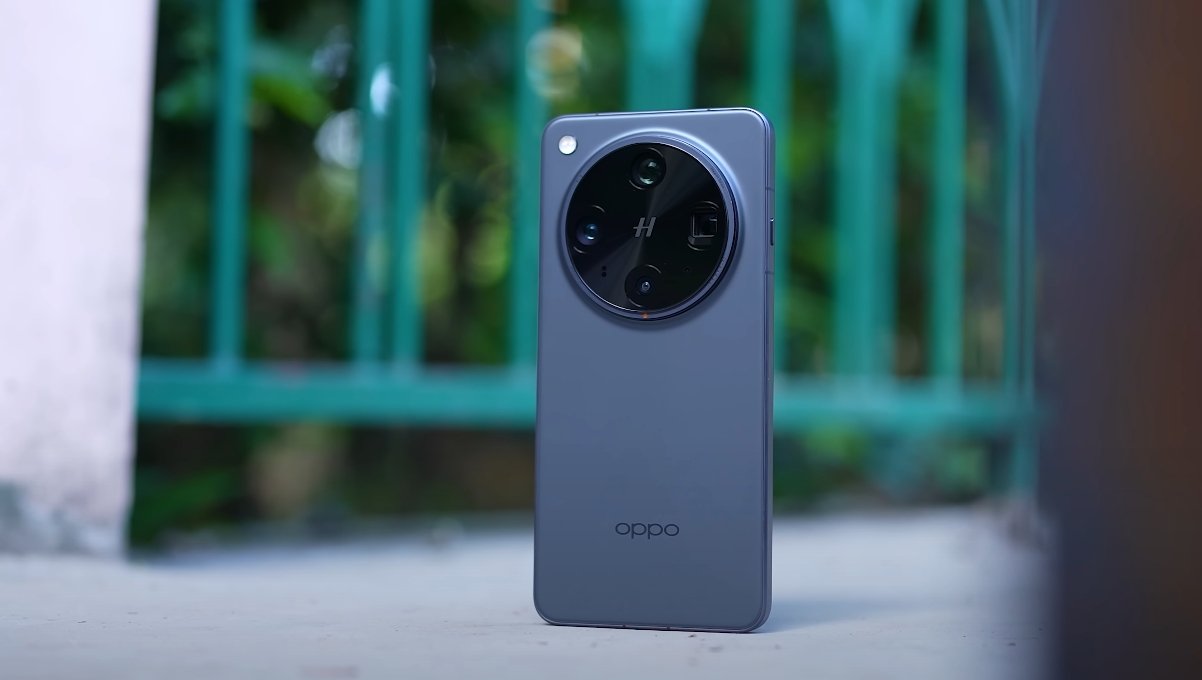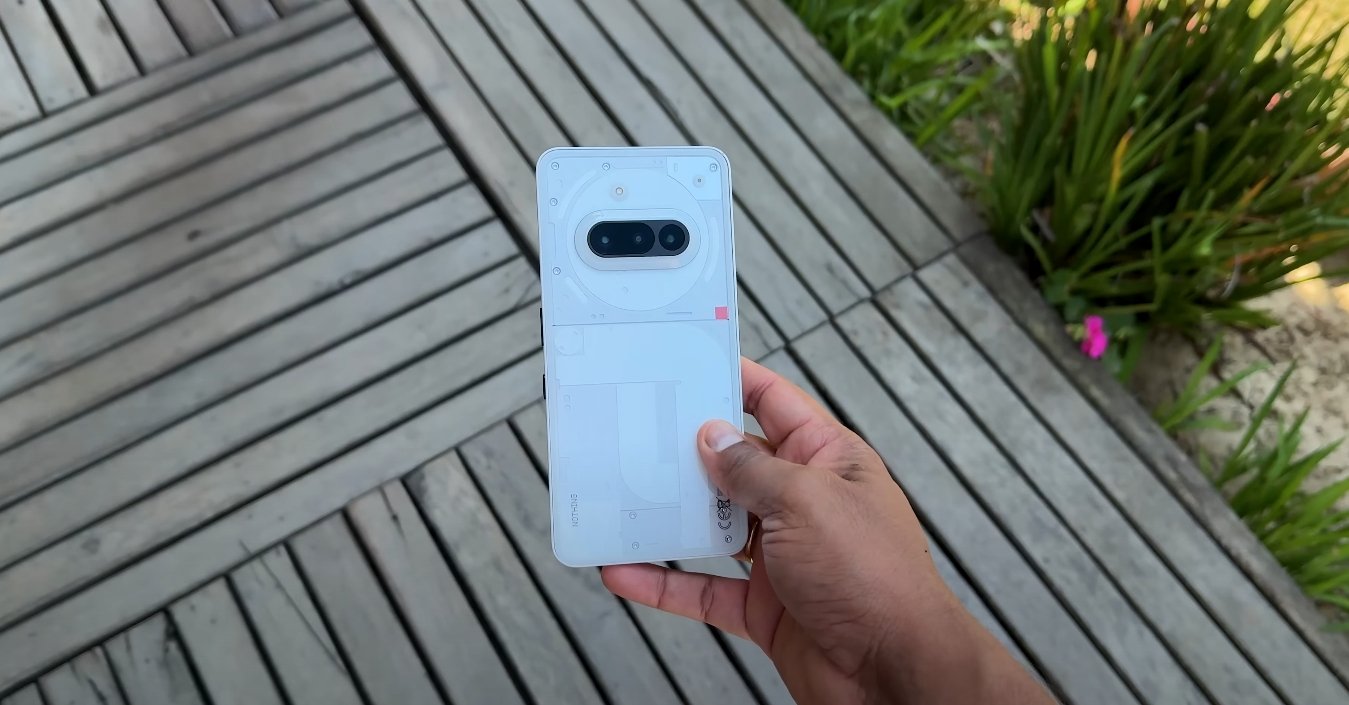How OnePlus adds its own visual identity to Google’s clean Android experience
OxygenOS 16 brings a bold new layer to the familiar Android foundation, introducing visual refinements, extra customization, and smarter system tools that set it apart from stock Android 16. While both share the same base software and core Android features, the user interface experience is noticeably different. Google’s stock version is known for its clean and simple design, while OnePlus builds on that simplicity to deliver a more polished and personal feel.
The most visible difference between the two interfaces is in their design language. Android 16 follows Google’s minimal aesthetic with clean lines, plain icons, and a focus on efficiency. OxygenOS 16, in contrast, introduces soft gradients, rounded icons, and enhanced animations throughout the system. OnePlus aims to make navigation look and feel more fluid by applying subtle transitions to app launches, menu scrolling, and gesture-based actions. This creates a sense of motion and depth that makes the interface feel more alive without sacrificing speed.
Customization is another major area where OnePlus diverges from stock Android. While Android 16 allows users to apply Material You theming, choose accent colors, and set wallpapers, OxygenOS 16 goes further. It lets users customize icon packs, widget designs, font styles, and even adjust home screen layouts with greater flexibility. New lock screen options and more dynamic wallpapers give users the ability to personalize their phones in ways that are not possible on Google’s stock build. For users who like to fine-tune their devices, this added control is a clear advantage.
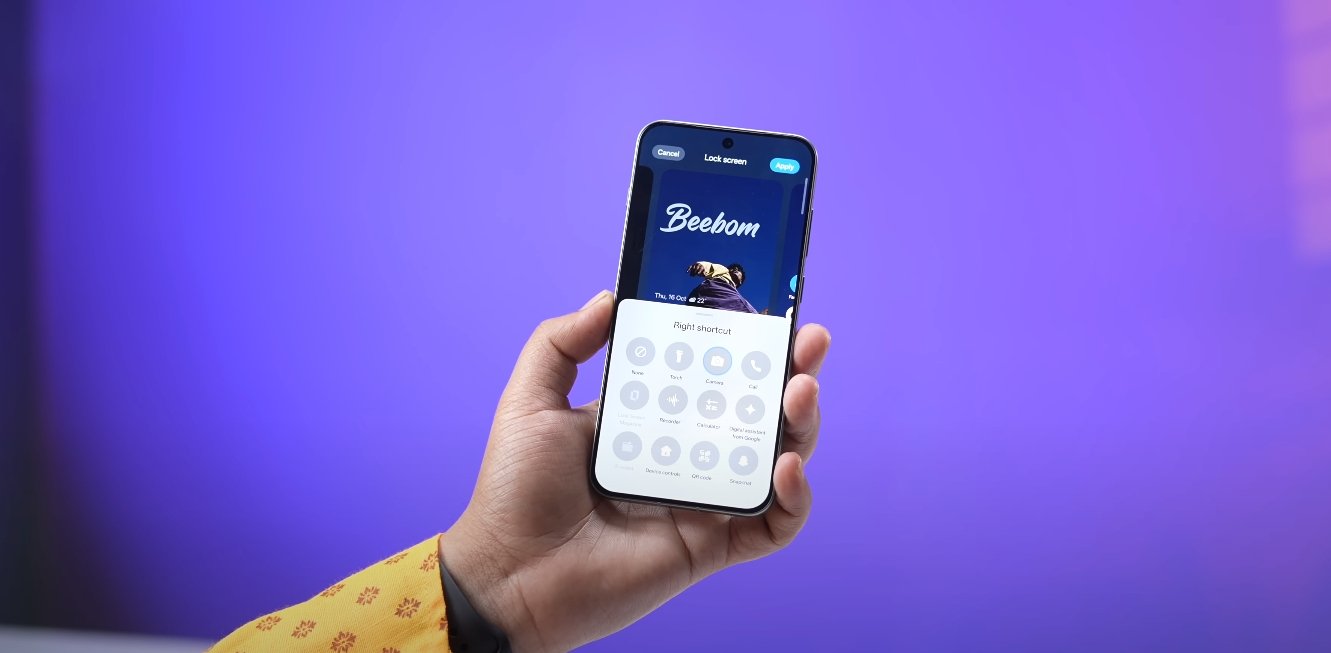
The notification shade and quick settings panel highlight how these two interfaces approach user interaction differently. On stock Android 16, the panel remains simple and minimal, focusing on function over form. OxygenOS 16 transforms this area with larger, easier-to-tap toggles, smooth transitions, and rearranged layouts that prioritize ease of use. The quick settings feel more visually engaging, and animations make transitions between screens feel seamless. These refinements give OnePlus phones a more premium touch compared to the clean but basic stock design.
Artificial intelligence integration is also more pronounced on OxygenOS 16. While Android 16 includes basic intelligent features like smart suggestions and contextual responses, OnePlus adds tools like Mind Space and advanced gesture controls. Mind Space helps users manage screen time and reduce distractions through personalized recommendations. The system also learns from daily habits to suggest actions such as activating focus mode, adjusting brightness, or silencing alerts during certain times. This extra layer of intelligence sets OxygenOS apart from the more neutral approach of stock Android.
Performance tuning and animations play a big role in defining the overall feel. Stock Android is built to be lightweight and consistent across devices, delivering a fast and stable experience. OxygenOS builds on this stability with its own motion engine designed to make transitions feel smoother and more natural. Users often describe OxygenOS animations as fluid and responsive, especially on high refresh-rate displays. These differences may seem subtle at first but make a clear impact on how the interface feels in daily use.
Another clear difference lies in the organization of settings and system menus. Android 16 keeps things clean and minimal, with straightforward categories and fewer layers of customization. OxygenOS 16 reorganizes these menus with added visual indicators and shortcuts, making it easier for users to access advanced features without digging through multiple screens. This approach is designed to give users more control while keeping the interface intuitive and easy to navigate.
Ultimately, OxygenOS 16 and stock Android 16 share the same foundation but reflect two different design philosophies. Stock Android is ideal for users who value simplicity, speed, and a no-frills experience. OxygenOS 16 is aimed at users who enjoy a more visually dynamic and customizable interface. By combining smooth animations, deeper personalization, and smart AI features, OnePlus gives its software a unique identity while retaining the stability and reliability of Android. This balance between familiarity and innovation is what sets OxygenOS apart from Google’s stock experience, offering users a refined and more personal way to interact with their devices.
